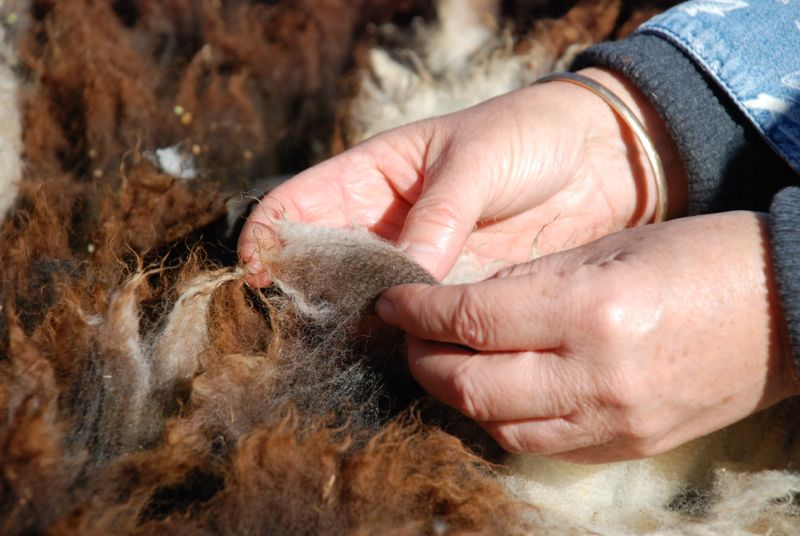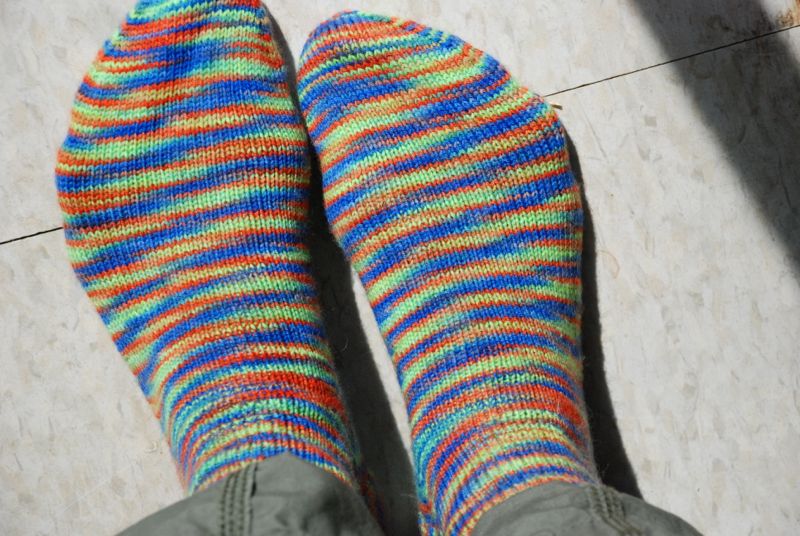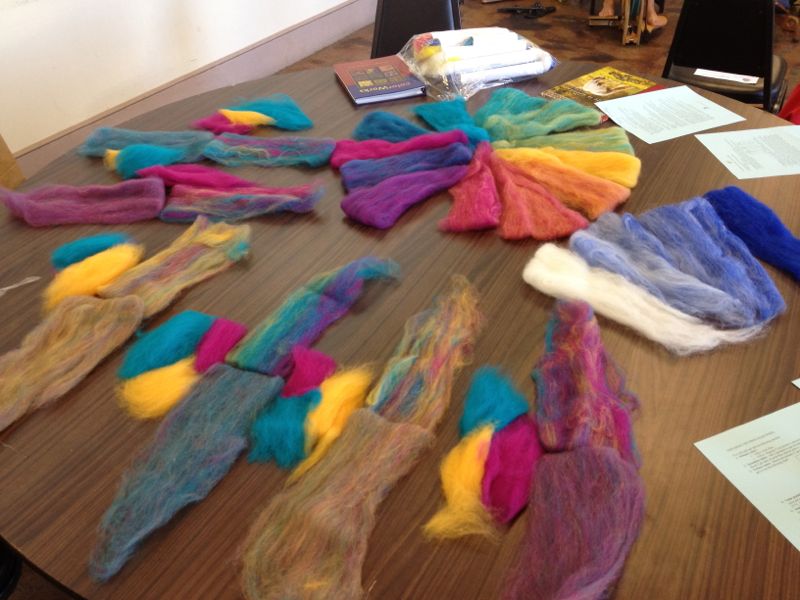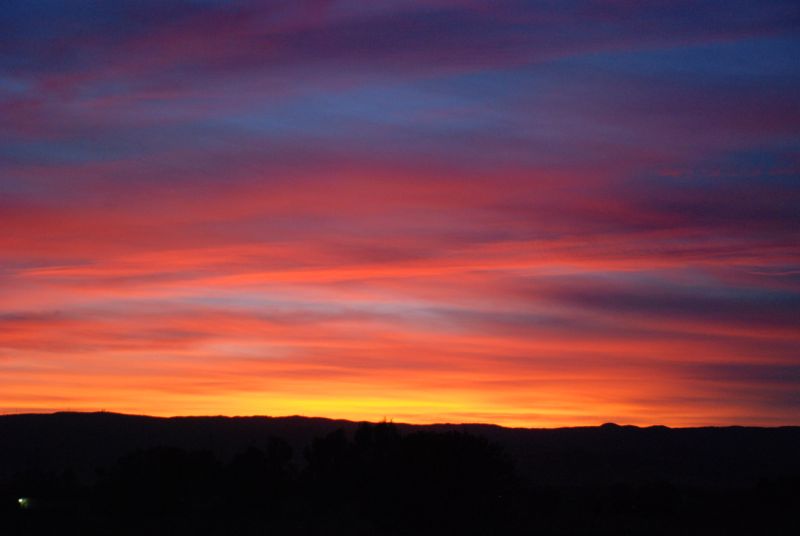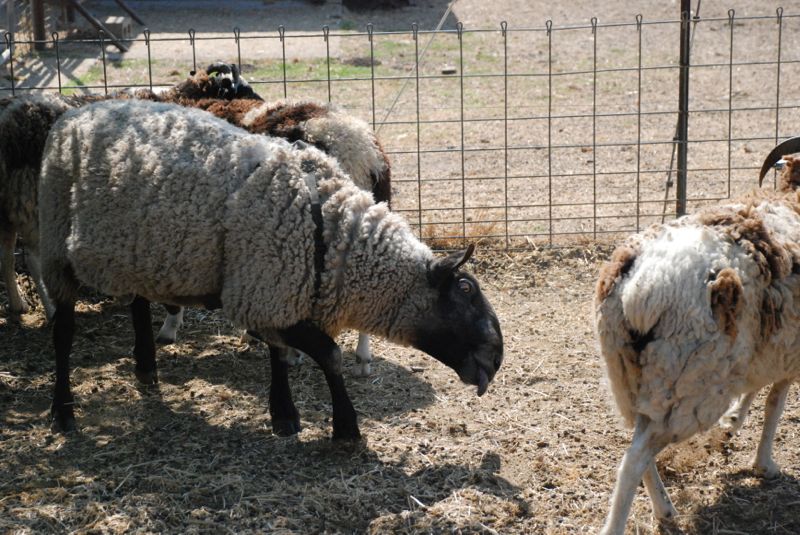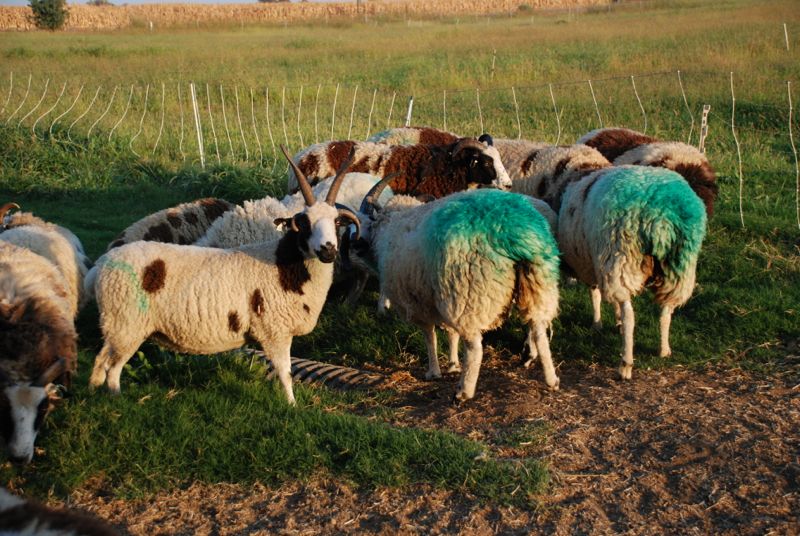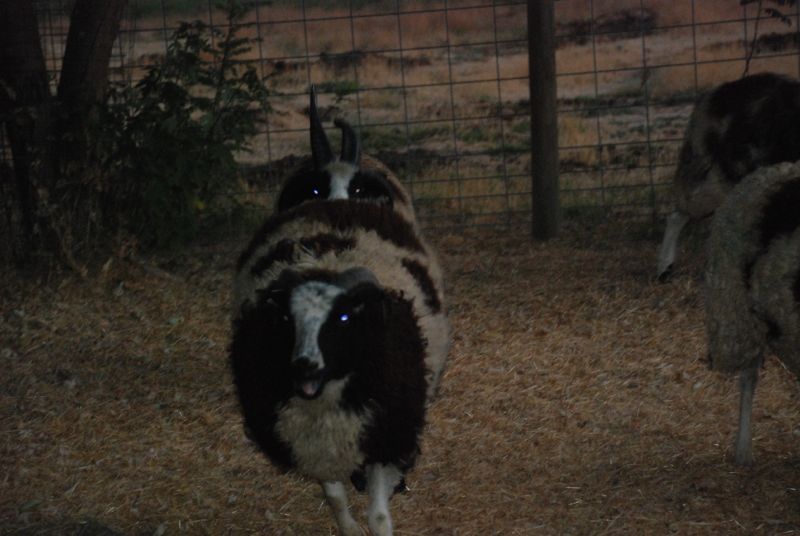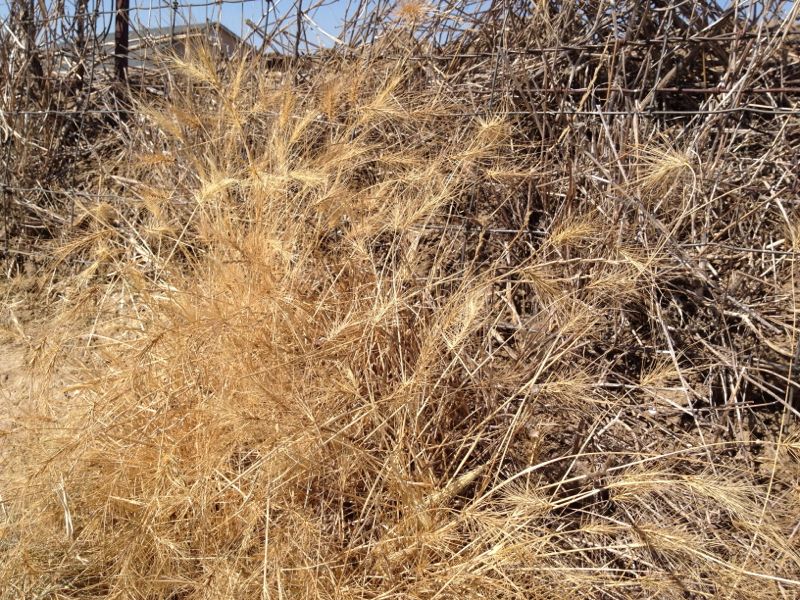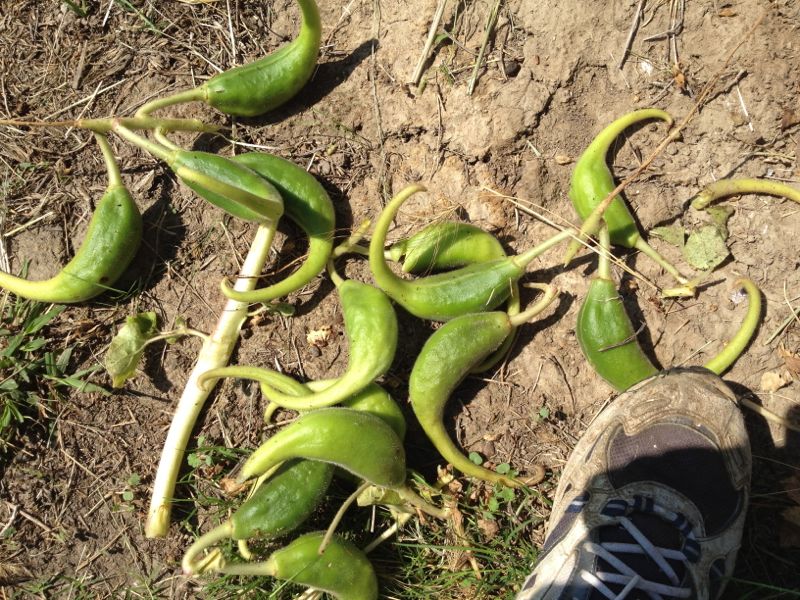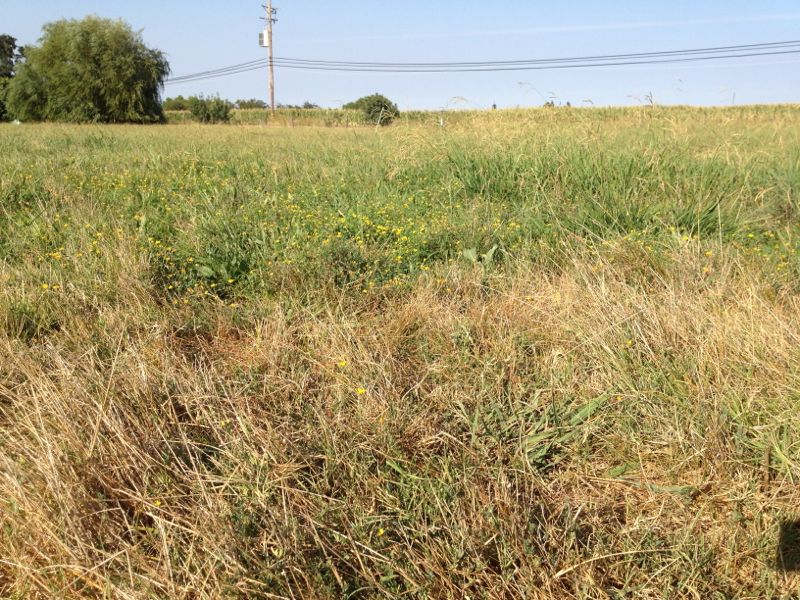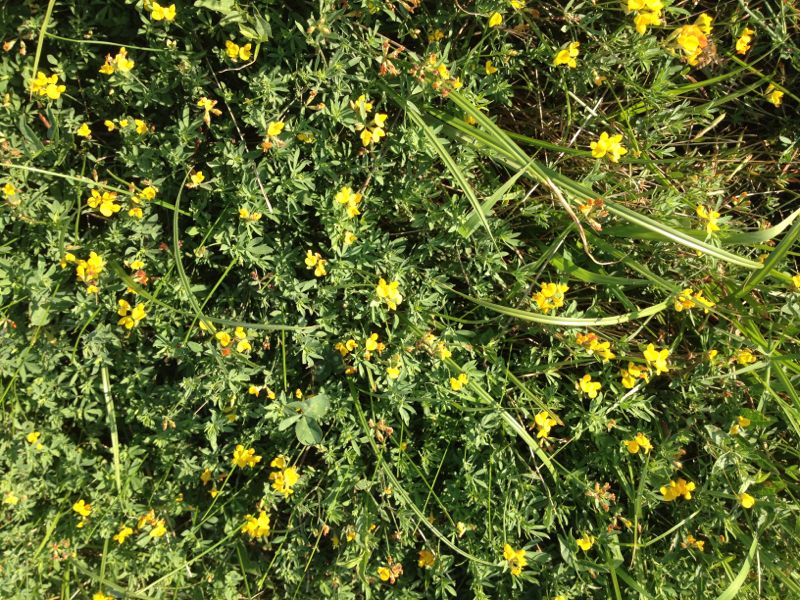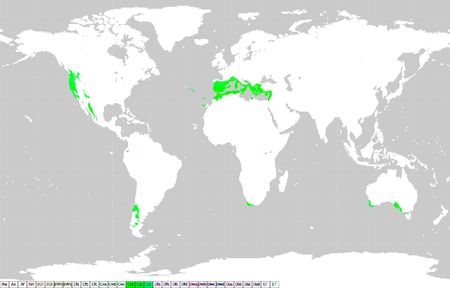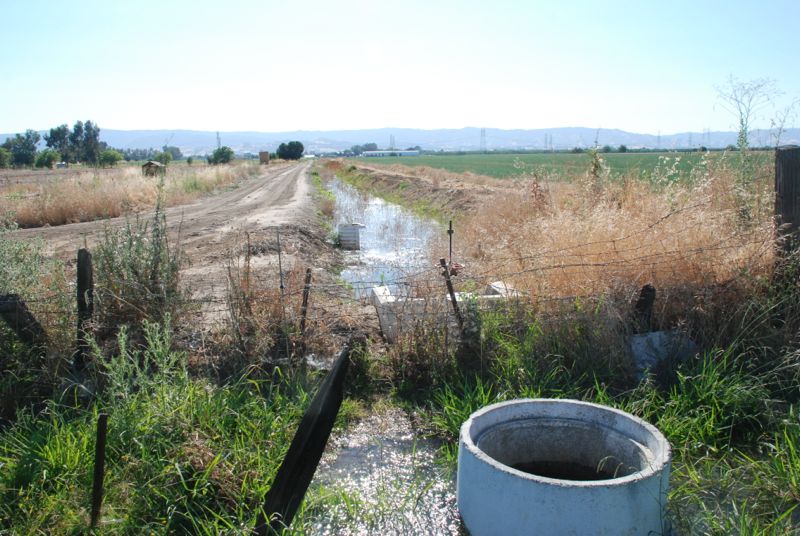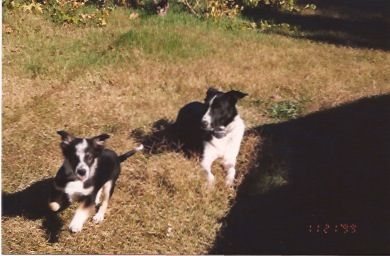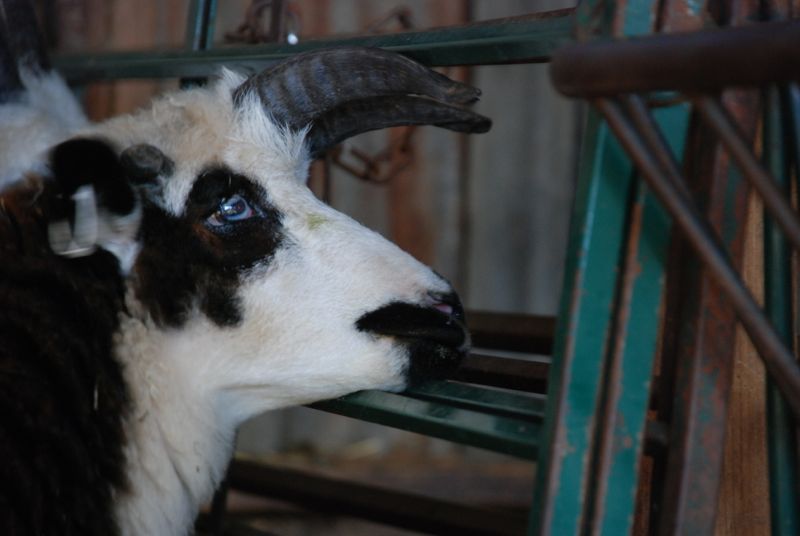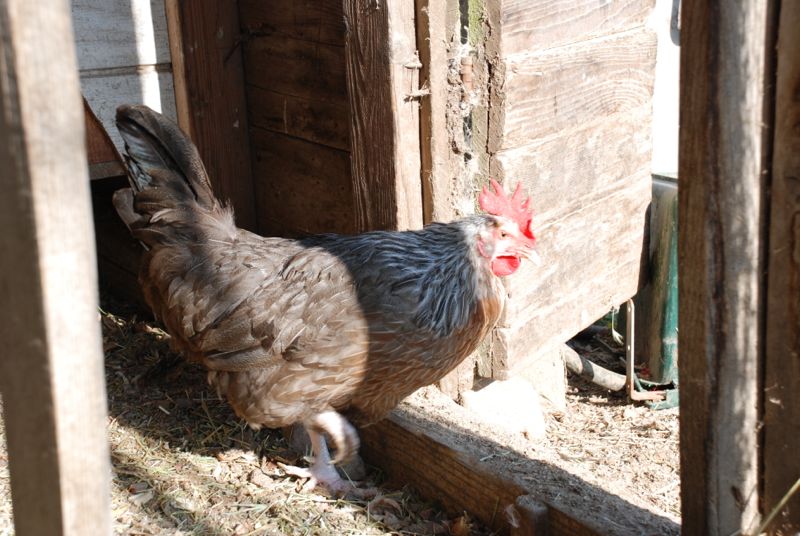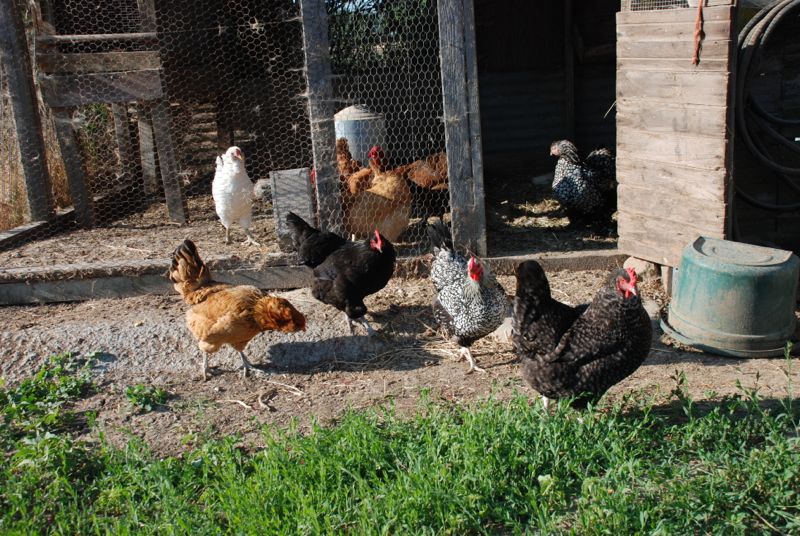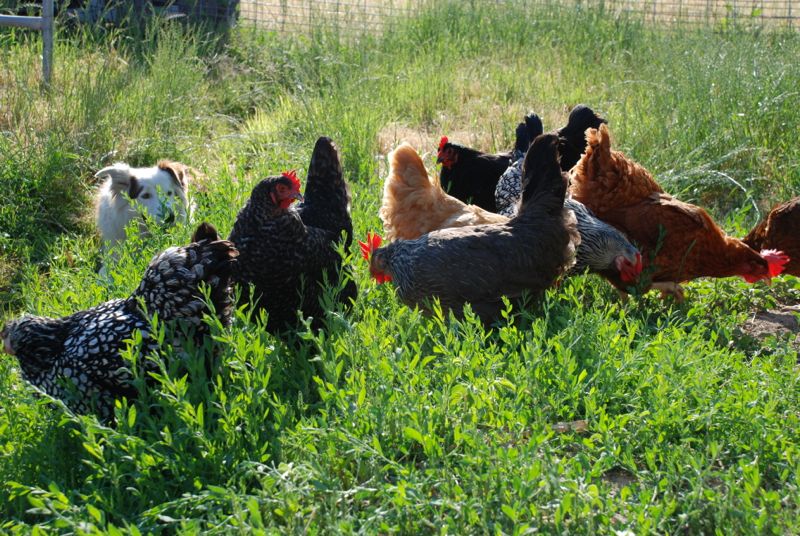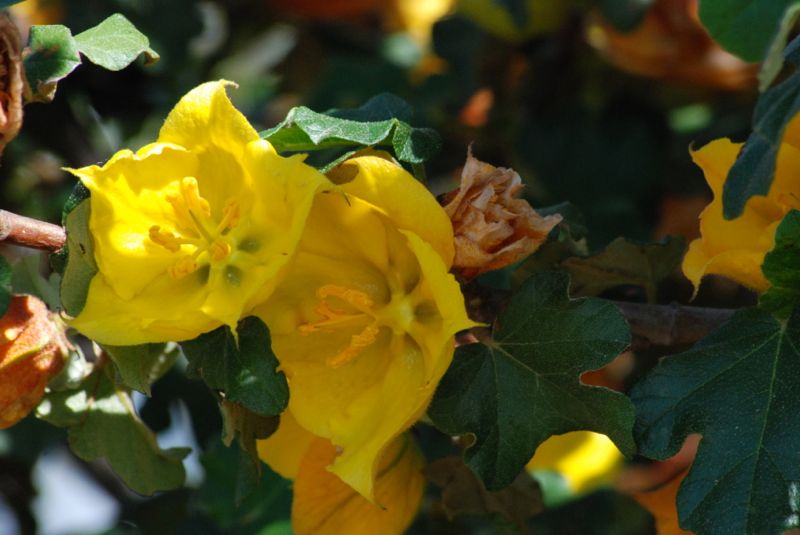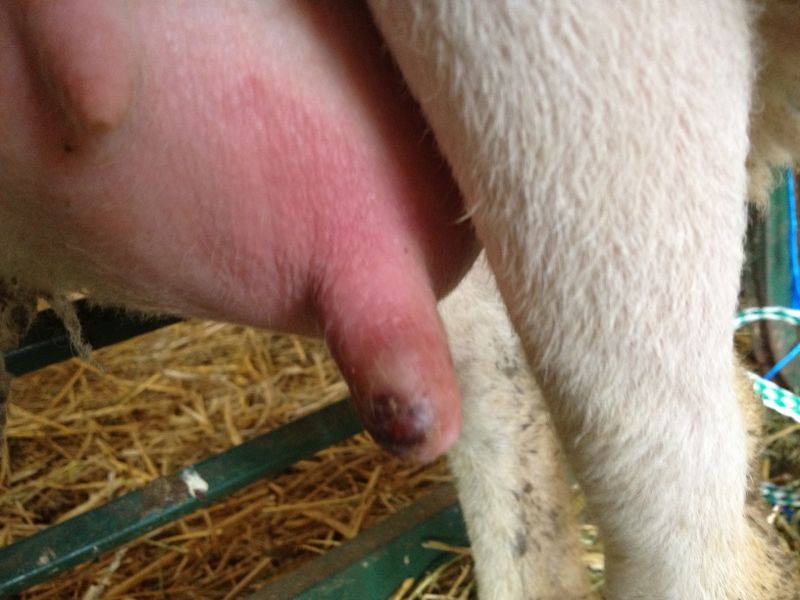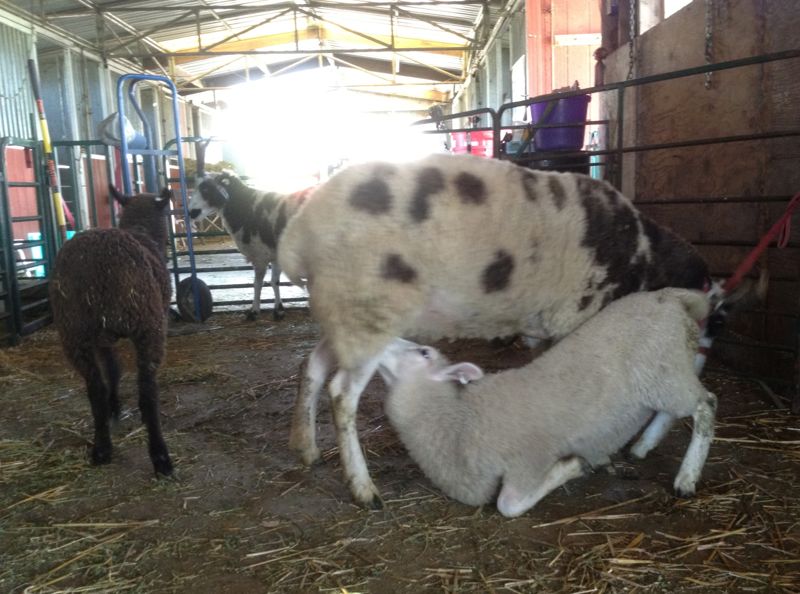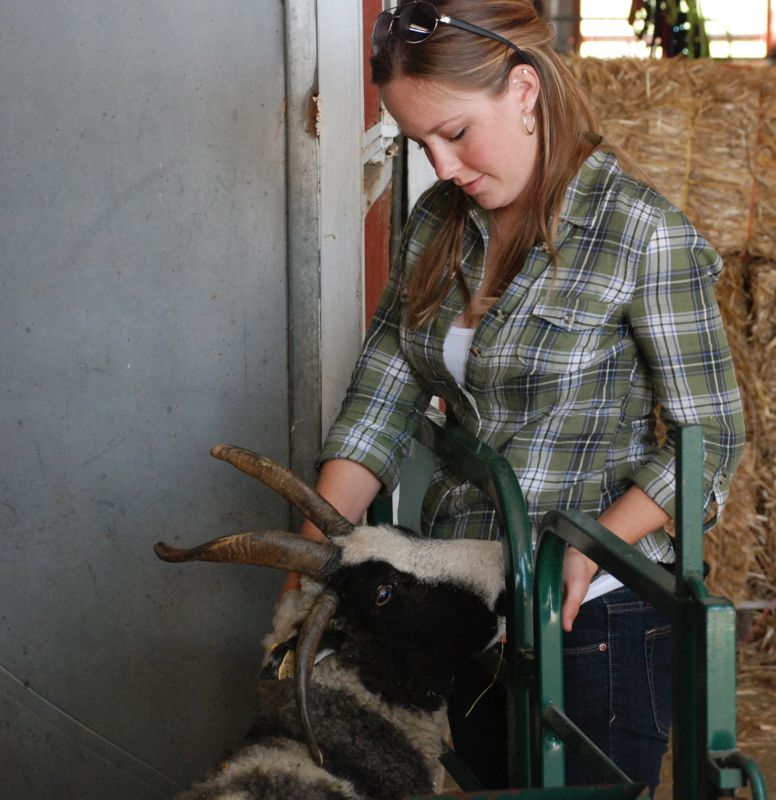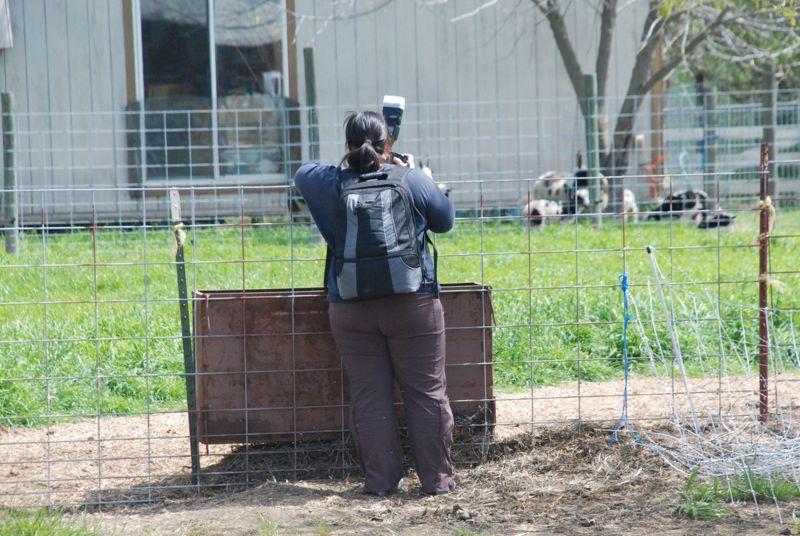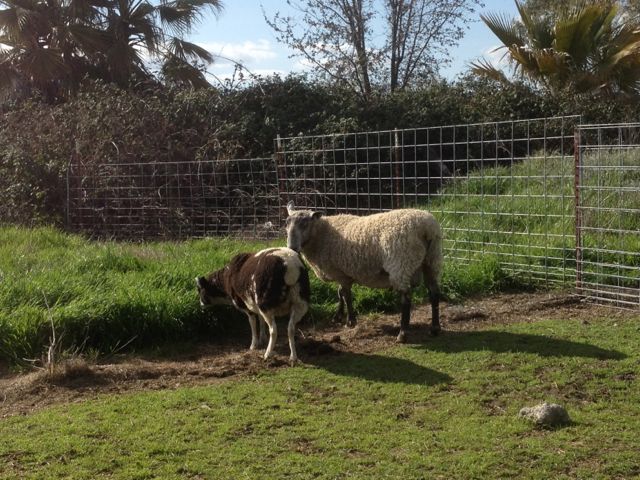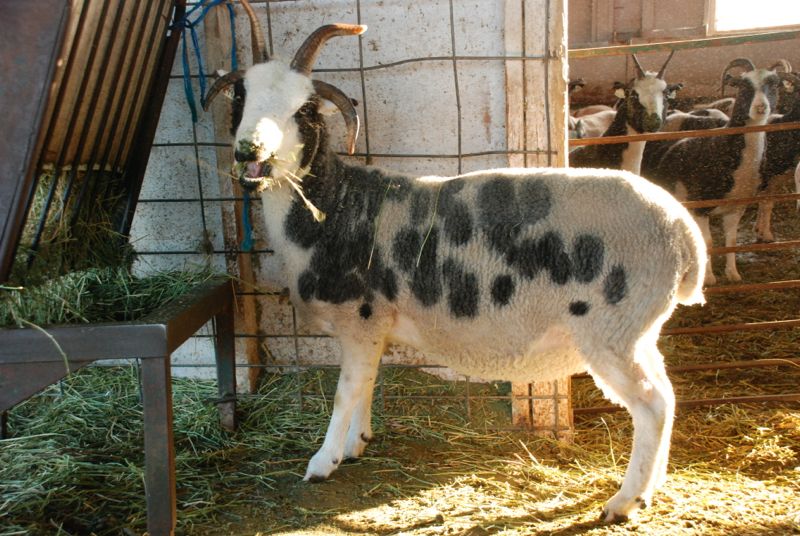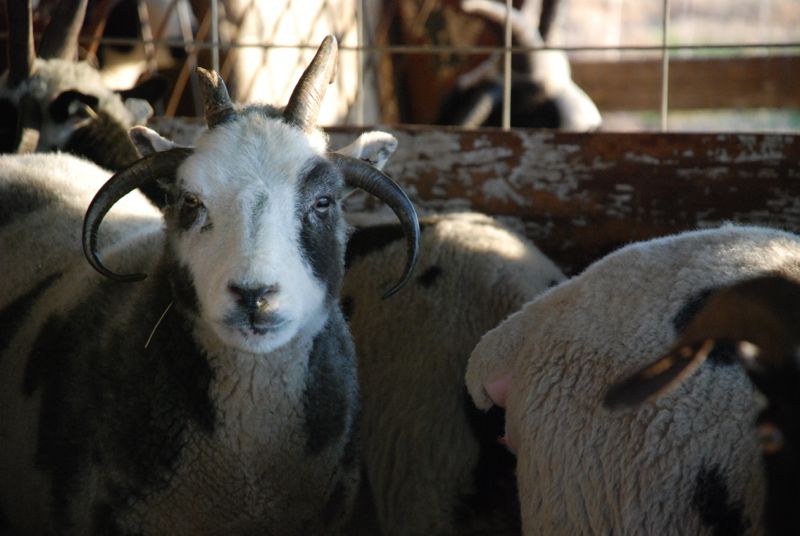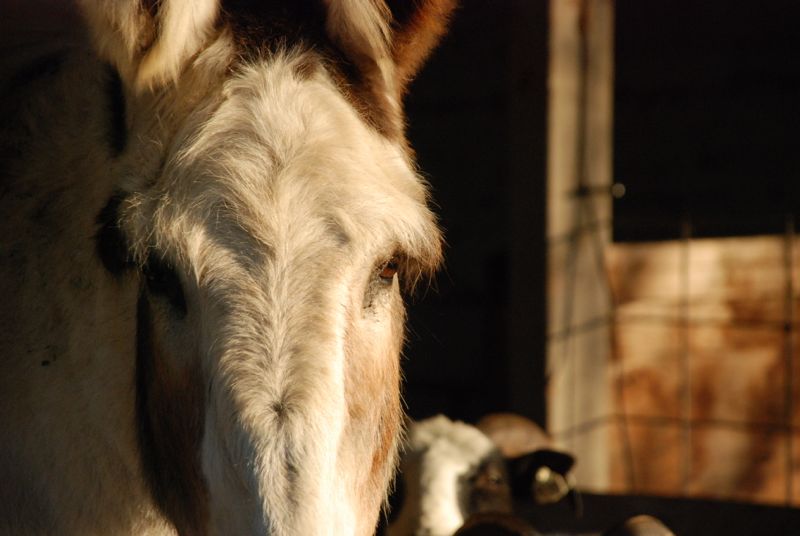Shearing Day
/Shearing Day was yesterday. What a wonderful time. Farm Club came through (as always) and handled all the various tasks of the day. (Except for Rusty's job, which he describes in his blog so I am not duplicating his photos here). I am grateful to the great shearer who has come for the last few years. He does a wonderful job--the sheep look good and the fleeces look good. John is so fast that he finished with 64 sheep in about 2 1/2 hours.
 One important job is making sure that the shearer always has a sheep to shear as soon as he finishes with the last one.
One important job is making sure that the shearer always has a sheep to shear as soon as he finishes with the last one.
 I took some videos too but it will take me awhile to get those edited. You can sign up on the Meridian Jacobs YouTube Channel and see them when they are ready.
I took some videos too but it will take me awhile to get those edited. You can sign up on the Meridian Jacobs YouTube Channel and see them when they are ready.
 This is the BFL/Jacob crossbred ewe. I probably could have started a bidding war on her fleece, but I'm keeping it.
This is the BFL/Jacob crossbred ewe. I probably could have started a bidding war on her fleece, but I'm keeping it.
 A couple of people bagged fleeces after shearing and then each fleece was weighed.
A couple of people bagged fleeces after shearing and then each fleece was weighed.
 Alison and Linda helped many new Farm Club members and other visitors evaluate fleeces at the skirting table.
Alison and Linda helped many new Farm Club members and other visitors evaluate fleeces at the skirting table.
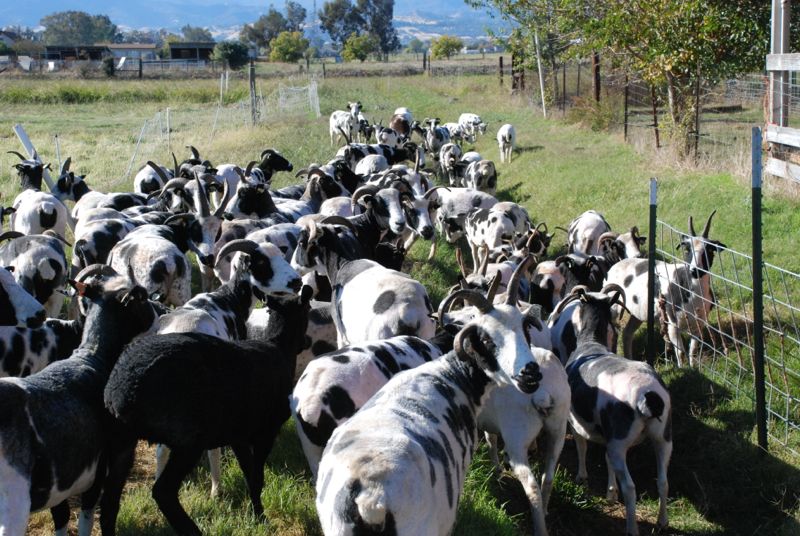 The warm afternoon sun was welcome after the cold morning.
The warm afternoon sun was welcome after the cold morning.
 Good friendships and sharing the work make a day like this extra fun.
Good friendships and sharing the work make a day like this extra fun.



